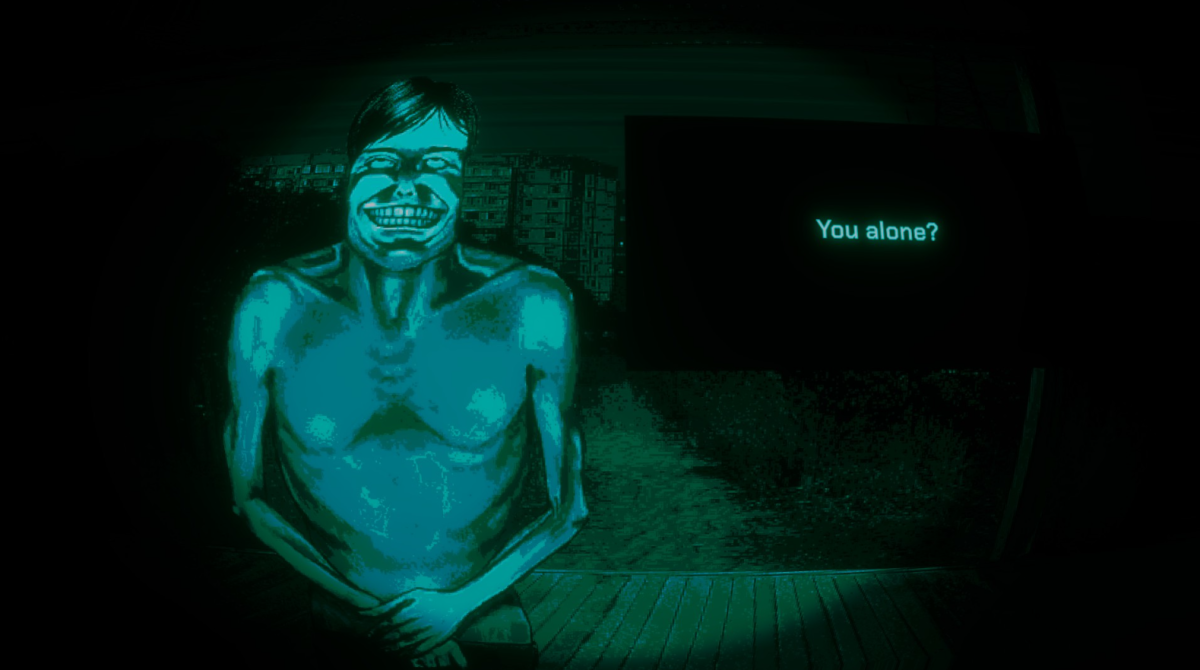Noted for its immersive gameplay, memorable soundtrack, and excellent worldbuilding, “The Legend of Zelda: A Link to the Past” remains a fan favorite among the series’ 2-D entries, even after three decades. The game’s rich storyline, setting and characters render it fit for a solid illustrated retelling, which artist and manga writer duo Akira Himekawa have attempted in their manga based on the classic game. Does their take on the story do the gaming spectacle justice?
Although I found the characterization of Link to be well executed in manga form from a personality standpoint, appreciated the challenges he is portrayed to overcome in ways unique to the manga, as well as found the visuals pleasant overall, I found the condensed retelling of the manga, which is done only through one single volume, to be the core fault of Himekawa’s take on the original story.
Its rushed rendition of a narrative rich in worldbuilding and storytelling results in what almost feels like an illustrated summary or brief advertisement of “A Link to The Past” as opposed to a cohesive yet sufficiently rich and authentic reimagining. The introduction of a poorly written original character not present in the original game further hindered the manga adaptation from retaining principal elements that made “Zelda: A Link to The Past” so memorable in the first place.
The most glaring issue resulting from the manga’s short length would have to be the limited worldbuilding. In the original game, there’s a certain gameplay mechanic in which the player can rotate between two parallel worlds— the Light World that reflects a normal, everyday landscape, and a Dark World haunted by humans-turned-beasts whose internal greed for the powerful, heavily sought “Triforce” is reflected on their menacing visages.
The structural similarities and environmental contrasts between these two parallel realms, as well as their large scope and detailed locations and characters, enhanced the immersive setting of “A Link to The Past” and helped to establish the story further. The manga, on the other hand, does not have Link explore the world around him even a fraction as much to allow him to witness the scope and effect of the villain Ganon’s evil on their kingdom of Hyrule, and he is only transported from the normal Light World to the haunted Dark World one single time. A large, detailed setting cannot be explored sufficiently even on a surface level in such a short story.
Another part of the domino effect sourced from the manga’s short length is Link’s development, particularly from a standpoint of physical strength. I did appreciate how the authors established the close bond between Link and his uncle prior to the latter’s death, and how his uncle’s last words add a layer of personal motivation for Link to free the seven maidens and save Hyrule: to discover his origins and possibly find his parents again.
However, the fact that Link is able to wield the sword inherited from his uncle so well without having any prior experience with any sort of weapon poses a huge plot hole to me. Part of the appeal in many action-based manga for me is witnessing the protagonist build upon and enhance their strength gradually.
If the authors introduced Link as having somewhat of a gift for swordsmanship that needed to be further sharpened and actually demonstrated scenes in which he is practicing swordsmanship or even struggling with a deficit in physical strength that is later overcome, it would have improved his characterization significantly. This way, he would not just have personality development, he would have development as a hero who grew to be stronger. The Link in Himekawa’s older “Ocarina of Time” manga is seen practicing swordsmanship by himself as well as training with another person. Why couldn’t the “Hero of Legend” in “A Link to The Past” have had a similar experience?
The portrayal of the original character, a female bandit named Ghanti, came off as very haphazard and contradictory to me. She is initially introduced as a skilled bandit, then suddenly asks Link to carry her up a mountain under the pretext of feeling tired. Afterward, she deems Link an enemy after discovering he is descended from the noble knights of Hyrule. A few pages later, she is revealed to have feelings for Link out of nowhere.
In no way am I saying that characters can not have personality traits that slightly contrast– characters with seemingly contrasting traits can make for the most fascinating personalities and stories, but the way these traits are executed and presented through Ghanti comes off as confusing to the reader, who does not know what to ultimately make out of her character as a result.
The supposed “plot twist” of Ghanti being a Hylian who is also descended from Hylian knights like Link came off as the most nonsensical point of her characterization to me. How could she never have noticed the shape of her very own ears that clearly indicate she is a Hylian? She does, however, serve at least some purpose in the story, as she aids Link and Zelda in the final battle against Ganon.
Overall, this manga certainly had storytelling potential, but feels constricted and limited by its narrow length, and it does not do the original game justice as a result. I feel that it could have consisted of at least two or three volumes as opposed to only one in order to truly live up to the strength of its primary source material.
If you are looking for a retelling of “A Link to The Past” that prioritizes well-drawn visuals and overall nice characterization of Link fit for an illustrated novel, the manga will be an enjoyable read. If you are seeking a reimagining of “A Link to The Past” that takes some creative liberties without leaving out much of the value from the original game, this is sadly not the manga adaptation to find that in.









